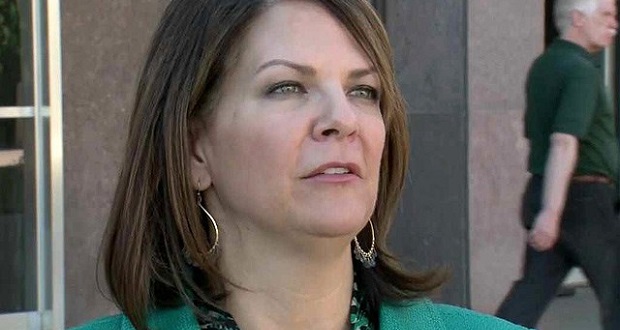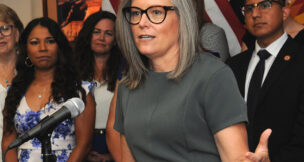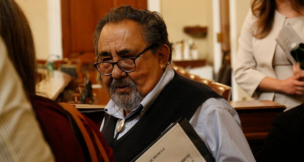Secretary of state agrees to scrap county-based signature requirements
Jeremy Duda//July 24, 2014//[read_meter]
Secretary of state agrees to scrap county-based signature requirements
Jeremy Duda//July 24, 2014//[read_meter]
A requirement dating back to statehood that statewide candidates collect signatures from at least three counties in order to qualify for the ballot will be a thing of the past...
















